
SCIENCE
14-02-2023 by Freddie del Curatolo
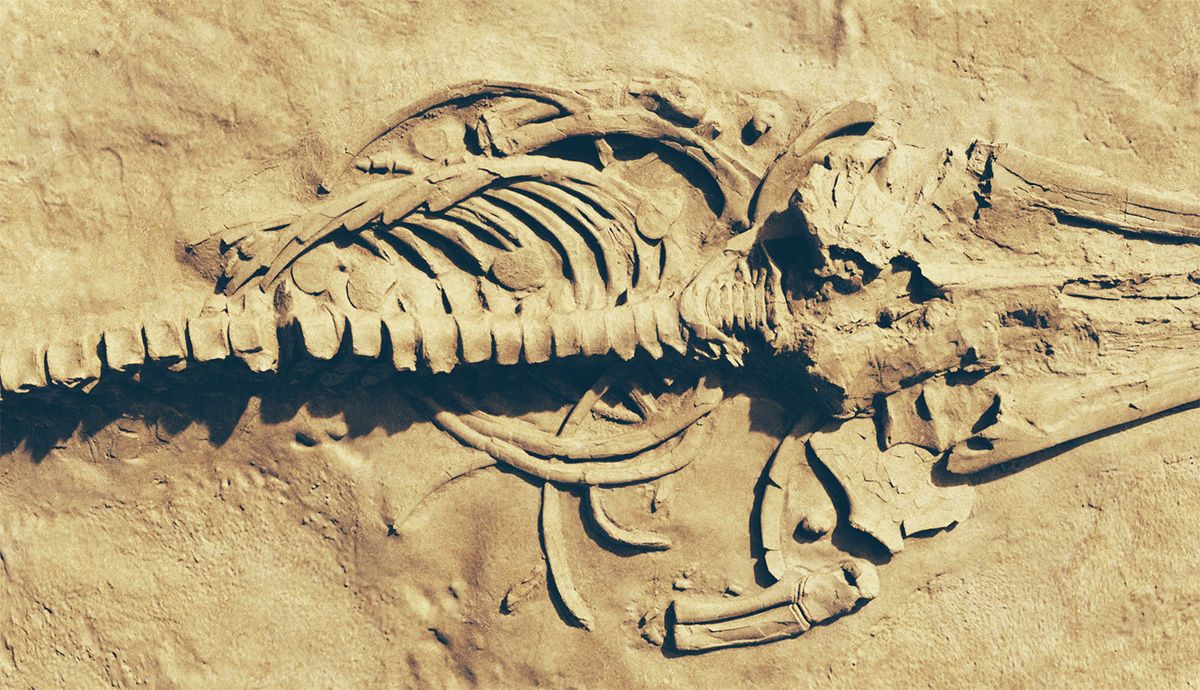
Imagine a whale that seventeen million years ago took a wrong turn and ended up in an African river for who knows how many kilometres, ending its adventure in Kenya's Lake Turkana.
A pool of international researchers, led by experts from various universities, in particular Harvard University, which first discovered the fossil of the cetacean in 1964, and Texas University, which managed to reconstruct its history in 2015, will return to Kenya in the coming weeks to continue their research, after the surprising discovery of the fossil remains of the cetacean in the area of Lake Turkana, with a view to better studying the climate changes that led to this incredible event and that could be useful in explaining others in the future.
As well as telling a curious and enigmatic story, the find is of great importance in studies of the changes in the Rift Valley that led to the birth of mankind. The whale, which has not been given a name but seems to belong to the Ziphiidae family (of which there are now 20 species), was stranded in an area 740 km off the current Kenyan coast, at an altitude of 620 metres. Scientists assume that the cetacean made a journey of up to 900 kilometres westwards in the Indian Ocean, unnoticed entering a wide river bed and ending up stranded at an altitude of 23-36 metres above sea level at the time.
Nothing else is known about its journey, and the research team speculates that the whale just 'took a wrong turn' and never made it back. This is not the first case of lost whales, but never before has a cetacean reached so high above sea level.
The whale's remains, the oldest ever found, were found during excavations in the western part of Lake Turkana.
"The whale tells us a lot of things. It tells us the starting point of all that uplift that changed the climate that led to man. It's incredible," explained the leader of the latest expedition, Louis Jacobs, a palaeontologist from Southern Methodist University in Dallas, Texas.
Some of his colleagues argue that the whale may have stranded along the river at a time when East Africa was at sea level and covered in forest and jungle.
The fossil remains of the whale had been transported to Harvard and only in 1975 did Prof. Patterson manage to bring them back to the National Museum of Kenya, but they were catalogued without much attention, so much so that after Patterson's death, only the obstinacy of a colleague, Prof. Mead, led to the reconnection of the fossils with the previous find, and from there the scenarios opened up that still today turn out to be a story yet to be told.
PARKS AND RESERVES
by Leni Frau
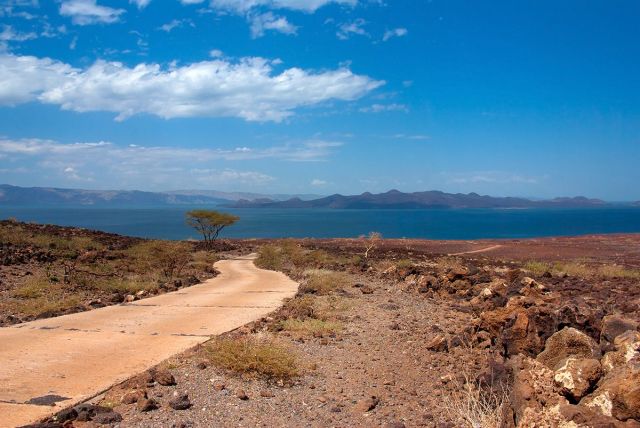
In 1972, the Kenyan Government declared the area east of Lake Turkana, between the Tulor Bor...
ENVIRONMENT
by redazione
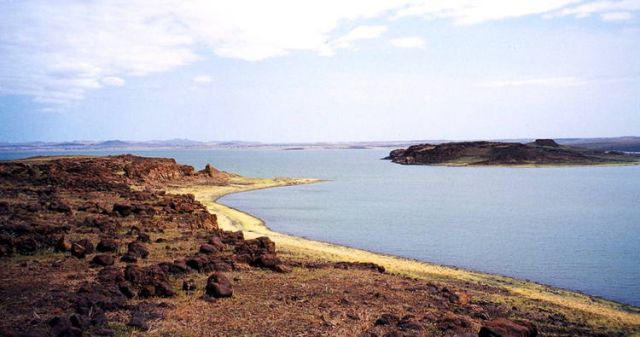
The three Lake Turkana national parks have been declared 'World Heritage in...
NATURE
by redazione
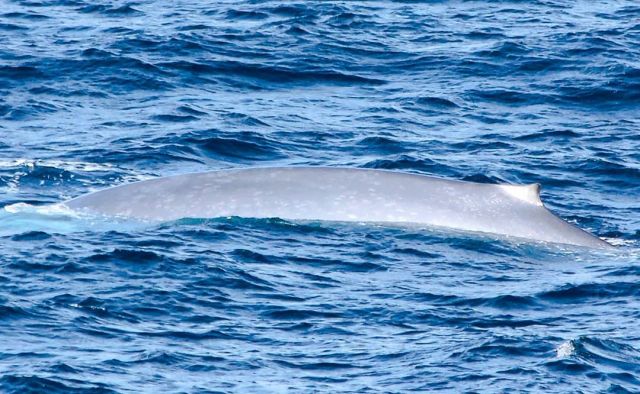
Spotted on the coasts of Kenya the largest whales in the world.
Some...
MAL D'AFRIQUE
by Francesco Bertoni
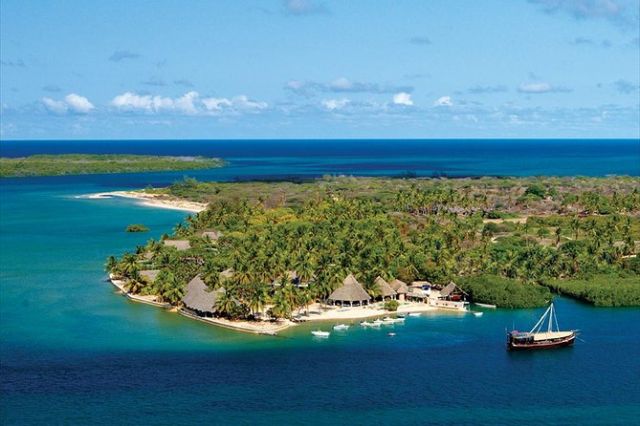
I have been a diving instructor for several years and my passion for the sea and for travelling...
PARKS AND RESERVES
by Leni Frau
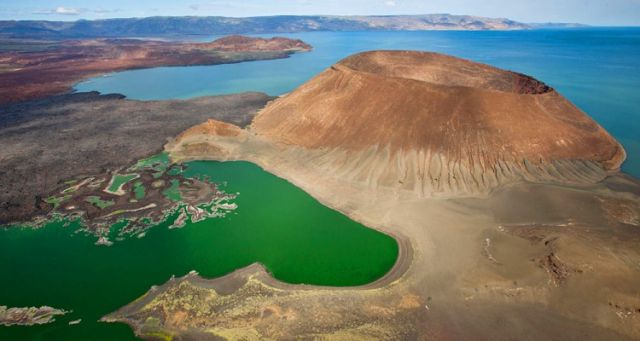
Lake Turkana, also called the Jade Sea because of the remarkable, almost incandescent colour of its...
EVENTS
by Freddie del Curatolo
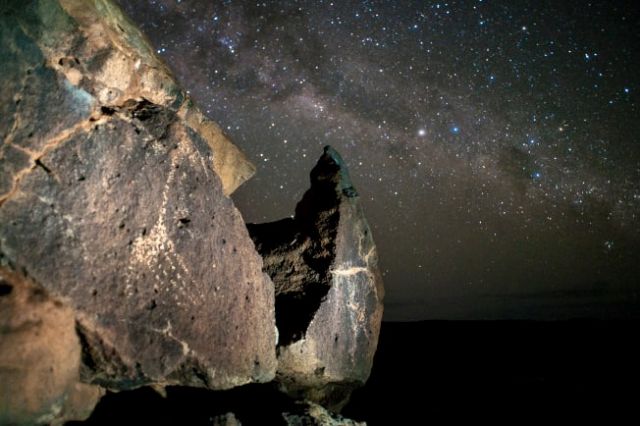
Prehistoric rock art is one of the least known but most fascinating cultural attractions of this country that...
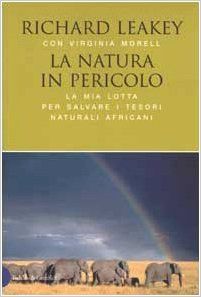
"My struggle to save Africa's natural treasures".
This is the eloquent subtitle of an autobiography written with four hands with the journalist Virginia Morell.
NEWS
by Freddie del Curatolo

Construction of the most important museum on human evolution in Africa will begin at the end ...
NEWS
by Freddie del Curatolo
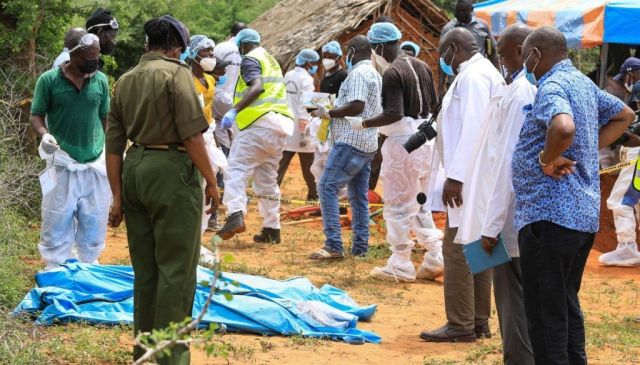
After days of searches in the forest, of national prominence with the intervention of President Ruto, of...
by redazione
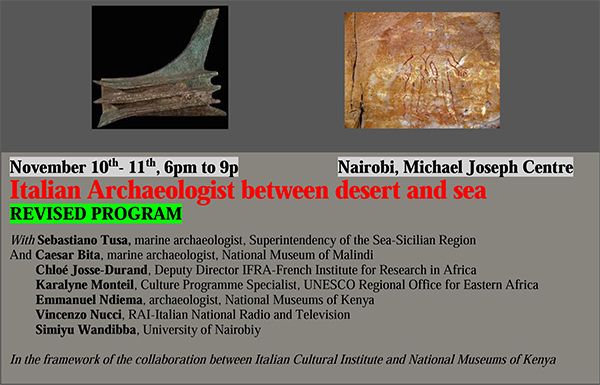
Kenya's potential in the field of archaeological research is well known, even if above all it is those of earth, mainly connected to the important findings that concern our proto-antheniated in the area of Lake Turkana.

The semi-arid and troubled Kenyan region of Turkana could provide a livelihood for its communities by...
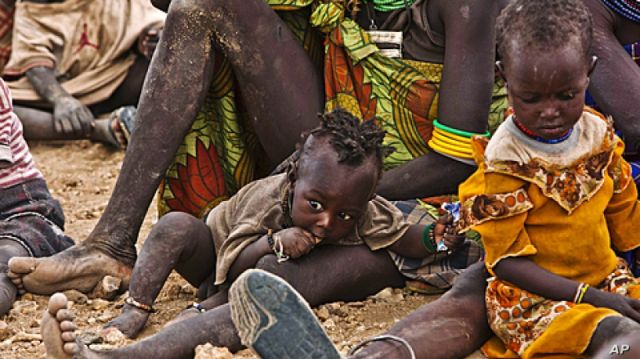
500 million shillings are coming from the German Bayer Foundation to deal with the food emergency...
ARCHEOLOGY
by redazione

Ancient works of art found on an island in Lake Victoria.
British...
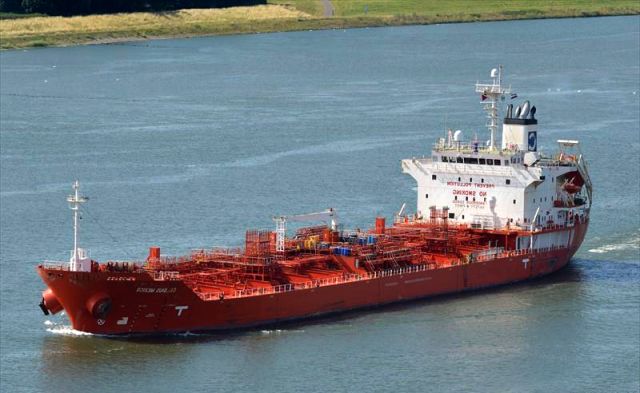
Kenya has sold the first shipment of crude oil produced in its territory.
Yesterday...
GOOD STORIES
by Freddie del Curatolo

Satubo. It stands for three tribes in Kenya: Samburu, Turkana and...